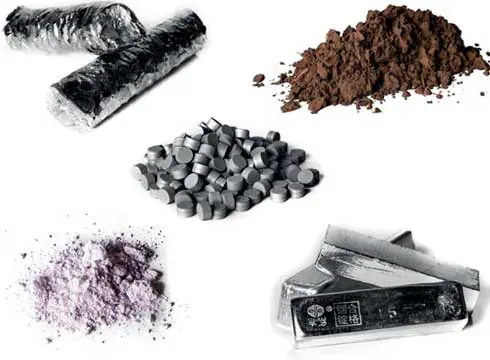What are
Strategic Metals

Strategic Metals are raw materials critical to modern technology and industry, but whose supply is limited and subject to disruption due to two hugely influencing factors. The first is the inflexibility of production. Technology Metals like gallium do not occur naturally in the earth’s crust and are always a by-product of another raw material. Because of this, when demand increases, production (supply) is rigid and cannot be increased. The second factor is China. For example, 98% of the world’s gallium is produced in China. This makes China the largest producer, importer, exporter, and consumer of gallium simultaneously.
Strategic Metals differ from “base metals” like copper, iron, lead, and zinc in that they are relatively abundant worldwide. They also differ from “precious metals” such as gold and silver because they are not considered vital to technology and industry. Strategic Metals are the backbone of manufacturing in the 21st century.
Strategic Metals include technology metals, such as gallium, hafnium, and germanium, and rare earth metals, such as dysprosium, neodymium, and terbium.

Application Areas of strategic metals
Strategic Metals are critical to many different industries and technologies. Examples include:
- The High-Tech Industry, which uses germanium in the production of optic fibre cables, gallium and indium in LED displays and gallium in computer chips.
- The Renewable Energy Industry, which uses gallium and tellurium in the production of thin-film solar cells, neodymium in wind turbines and neodymium and dysprosium in electric bikes and cars.
- The Power Generation Industry, which uses hafnium and rhenium in gas and steam turbines used in power plants.
- The Defense and Commercial Airline Industries, which use hafnium, rhenium, or praseodymium to heighten the strength and durability of blades in jet engines.




